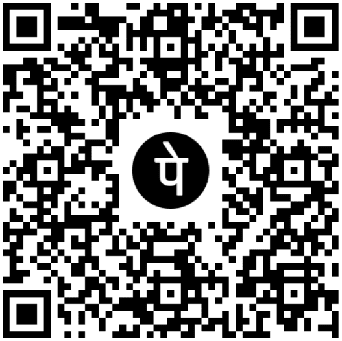Trigonometry can feel like one of the trickiest parts of Grade 12 Mathematics, especially when it comes to understanding identities, reduction formulae, and negative angles. But don’t worry—this guide is here to simplify these complex concepts. Whether you're preparing for your South African National Senior Certificate (NSC) exams or simply brushing up on your CAPS-aligned syllabus, this blog will help you build confidence and master these essential topics.
Understanding Trigonometric Identities
Trigonometric identities are equations that are true for all values of the variables involved. These identities are essential for simplifying expressions and solving trigonometric equations.
Common Trigonometric Identities:
-
Pythagorean Identities:
-
Reciprocal Identities:
, , . -
Compound Angle Identities:
.
💡 Pro Tip: Practice proving these identities by substituting angles like , , or .
Reduction Formulae Simplified
Reduction formulae allow you to simplify trigonometric expressions by converting angles greater than into their equivalents within the first quadrant. These formulas rely heavily on quadrant-based angle properties.
Key Reduction Formulae to Remember:
Why Reduction Formulae Matter: They are crucial for simplifying problems in trigonometry, especially when dealing with larger angles or solving equations.
💡 Quick Tip: Always use the CAST rule to determine the sign of the trigonometric ratio in a specific quadrant.
Demystifying Negative Angles
Negative angles often confuse students, but they’re simpler than they appear. A negative angle means you rotate clockwise from the positive x-axis, as opposed to counterclockwise for positive angles.
Rules for Negative Angles:
How to Tackle Negative Angles in Problems:
- First, apply the negative angle rules.
- Then simplify using identities or reduction formulae as needed.
💡 Fun Fact: Negative angles are often used in real-world applications like navigation and physics.
Tips for Success in Trigonometry
- Understand First, Memorize Later: Focus on understanding the logic behind formulas before trying to memorize them.
- Practice Regularly: Solve past exam questions to get comfortable with different types of problems.
- Use Visual Aids: Draw unit circles and triangles to visualize angles and their corresponding values.








0 Comments